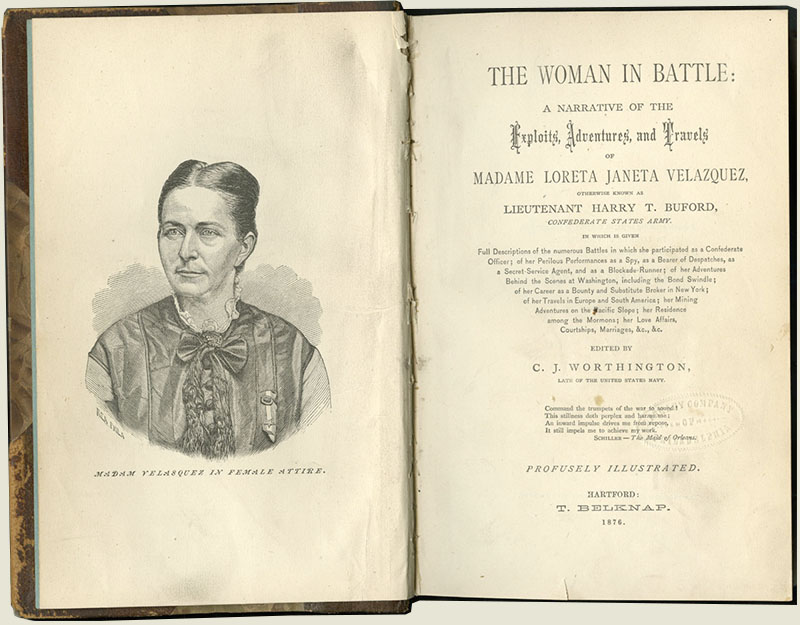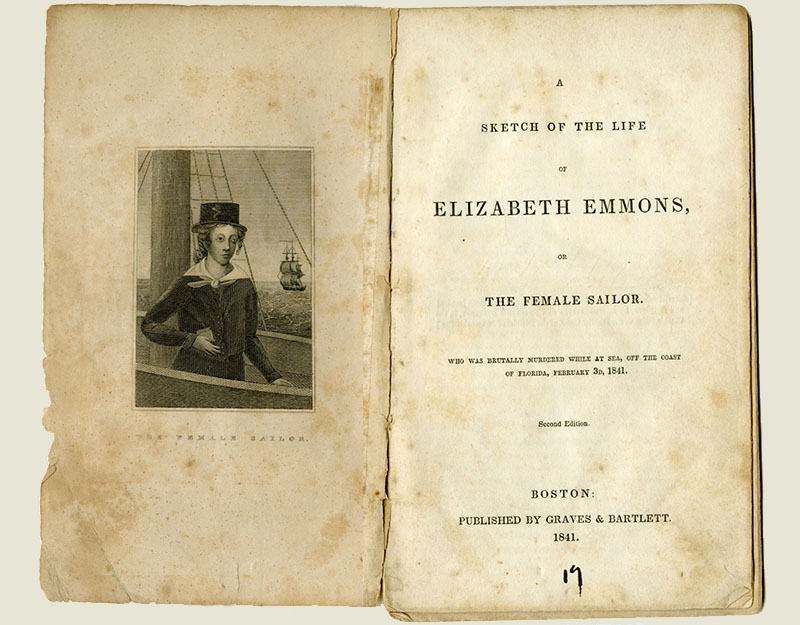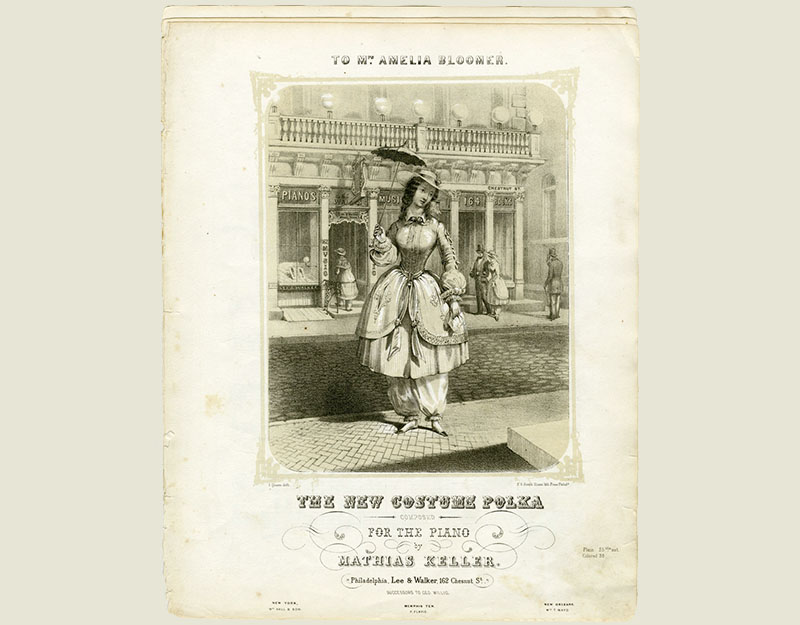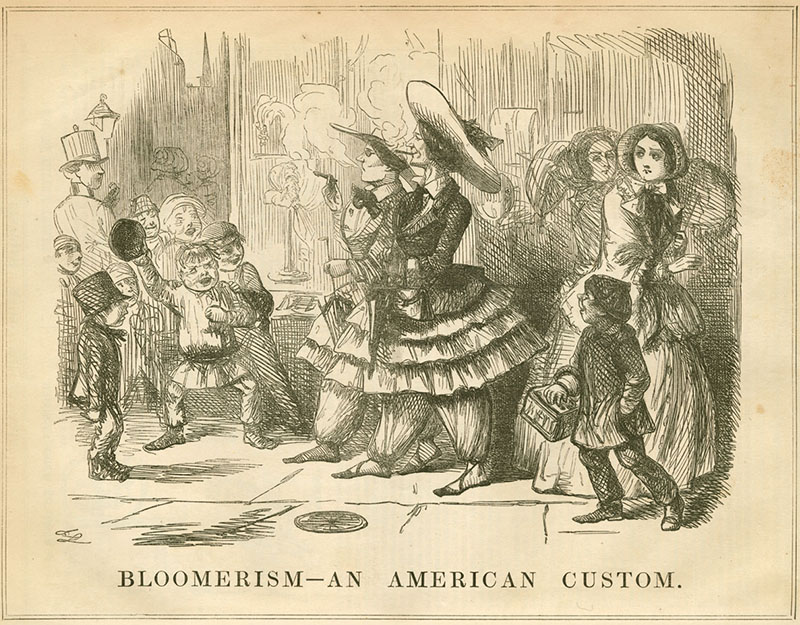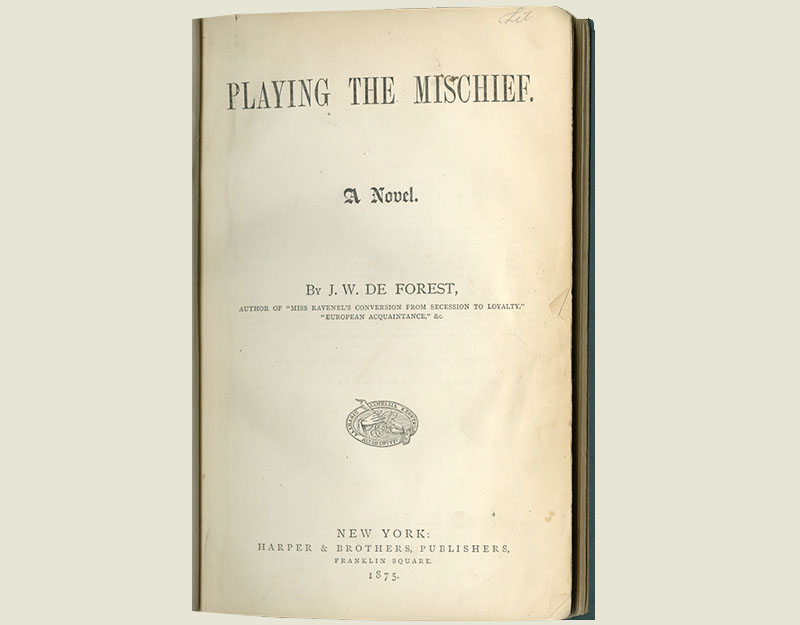Loreta Janeta Velazquez. The Woman in Battle. Hartford: T. Belknap, 1876.
In order to serve in the Confederate army during the Civil War, Loreta Velazquez, who was born in Cuba in 1842, masqueraded as "Lieutenant Harry J. Buford." Thanks to a French tailor in New Orleans, she had clothing that effectively disguised her gender. According to Velazquez, the clothing was more important than the voice: "So many men have weak and feminine voices that, provided the clothing is properly constructed … a woman with even a very high-pitched voice need have very little fear on that score."
And, indeed, "carelessness" about her clothing eventually gave her away.
.


